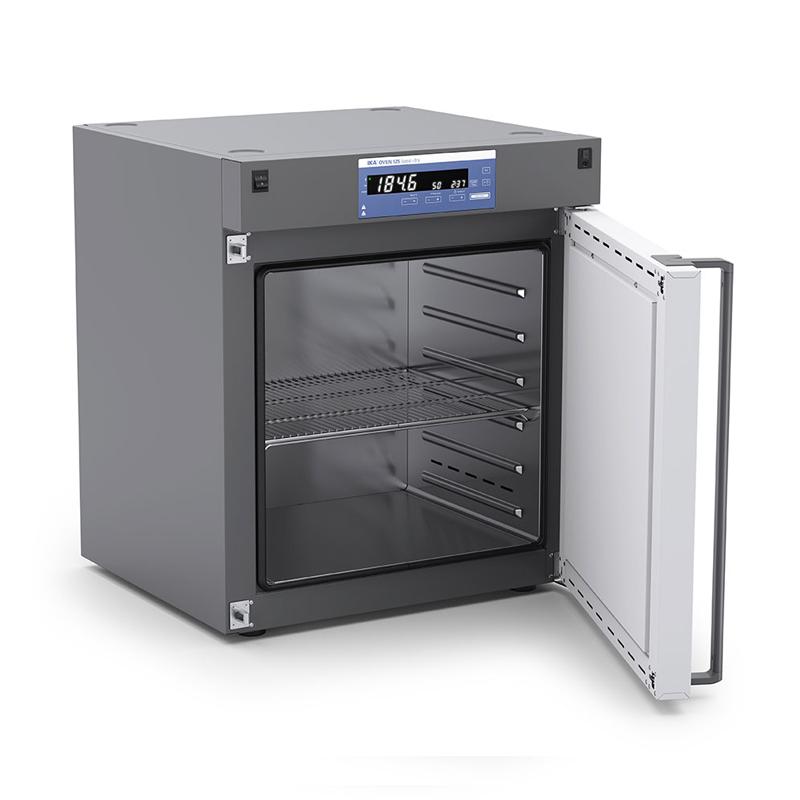Precision oven common problems and solutions
Precision oven is a kind of laboratory oven with high precision and high temperature stability, which is widely used in precision experiments in medicine, pharmacy, chemistry, material science and other fields. It can provide accurate temperature and humidity control to meet the needs of different experiments.
Precision ovens usually use microprocessor control systems and high-precision sensors, which can accurately control and monitor environmental parameters such as temperature and humidity. The inside of the oven is designed with a transparent observation window, which is convenient for users to observe the changes of the sample during the experiment. The precision oven is also equipped with vents, drains, internal lights and other facilities to facilitate experimental operation and observation.

Precision oven common problems and solutions
Q&A
Temperature control is unstable.
The temperature is too high or low.
Uneven heating.
The oven door is not tightly sealed.
Too much noise.
solution
Temperature control instability: Check the working status of the temperature controller and the position of the sensor to find whether the controller or sensor is faulty or needs to be replaced. The problem can be solved by replacing or repairing the relevant parts, or readjugating the temperature control parameters.
If the temperature is too high or too low, check whether the heating power of the device meets the requirements and whether heating components are faulty or need to be replaced. You can adjust the heating power and temperature of the device, or replace the heating components as required.
Uneven heating treatment: Check the working status and position of the heater to see whether the position and heating time of the heater need to be re-adjusted so that the items in the equipment can be evenly heated.
Improper sealing of the oven door: Check the sealing performance of the oven door and check whether the sealing strips are aging or need to be replaced. The problem can be resolved by replacing or servicing the relevant parts, or by realigning the position of the oven door.
Troubleshooting: If the device makes too much noise, check whether the power voltage and ground cable of the device are normal, and whether the heater or blower is faulty or needs to be replaced. The problem can be resolved by replacing or repairing the relevant parts, or repositioning the equipment.
The North and south tides remind you: precision ovens need to be calibrated and maintained regularly. At the same time, it is necessary to regularly clean the inside of the equipment, check the performance and condition of the heater, controller, sensor and other equipment, and timely replace or repair the faulty parts. In addition, it is recommended to maintain the device according to the operation manual and maintenance guidance provided by the manufacturer to ensure long-term stable operation of the device.
Precision oven common problems and solutions
Matters needing attention
In the process of using a precision oven, you also need to pay attention to the following points:
Arrange the position of the sample to ensure that the sample can be evenly heated and distributed.
Do not accumulate too much debris or samples inside the equipment to avoid equipment overload or overheating, resulting in equipment damage or
The test results were inaccurate. 3. Before using the equipment, it is necessary to preheat the equipment to ensure that the equipment can reach the required temperature.
According to the actual needs, the heating power and precision of the precision oven are reasonably selected to avoid the inaccurate test data due to the mismatch of equipment parameters.
In the process of using the equipment, the heating changes and test data are recorded in time, and analyzed and processed according to needs.
In short, the precision oven is a commonly used oven equipment, and it is necessary to pay attention to the use and maintenance of the equipment during use to ensure the stability of the equipment and the accuracy of the test data. At the same time, it is necessary to follow the manufacturer’s instructions and maintenance instructions, and perform regular maintenance to ensure long-term reliable operation of the equipment.
